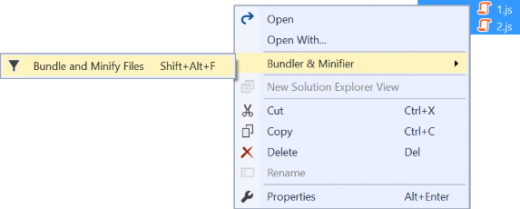


One common reason keep dependencies external is for serving R Markdown documents from a website (external dependencies can be cached separately by browsers leading to faster page load times). It is a real asset for analysis reproducibility as well as communication of methods and results. This is particularly true when working with r markdown since it will run in a web browser. Set output format(s) and options in the YAML header. Format with Markdown syntax or the RStudio Visual Markdown Editor. Write textand add tables, figures, images, and citations.
#Rmarkdown suppress output code#
Run code by line, by chunk, or all at once. These arguments are evaluated when the target actually runs in tarmake(), not when the target is. When working in r programming sometimes it is necessary to suppress potential output warnings. Rmd filein the RStudio IDE by going to File > New File > R Markdown.

Now, press Command-Shift-K or the Knit button at the top of the R Studio window to generate an HTML document. Rmd file, you will get a document that has the basic format of the document started for you. To only suppress printing of the last 'Output created: ' message, you can set to FALSE. Give the document a title, and Select HTML as the output option. R Markdown documents are fully reproducible and support dozens of output formats, like PDFs, Word files, slideshows, and more. If you want to serve MathJax locally then you should specify mathjax: local and self_contained: false. Writing R Markdown document makes possible to insert R code and its results in a report with a choosen output format (HTML, PDF, Word). An option to suppress printing during rendering from knitr, pandoc command line and others. R Markdown provides an unified authoring framework for data science, combining your code, its results, and your prose commentary. Note that even for self contained documents MathJax is still loaded externally (this is necessary because of it’s size). If you’d rather have keep depenencies in external files you can specify self_contained: false. This means you can share or publish the file just like you share Office documents or PDFs. By default R Markdown produces standalone HTML files with no external dependencies, using data: URIs to incorporate the contents of linked scripts, stylesheets, images, and videos. assign('last.warning', NULL, envir baseenv()) as a trick to suppress warning but not sure it is worth mentioning in this book as warningFALSE shoud be enough at render time.


 0 kommentar(er)
0 kommentar(er)
